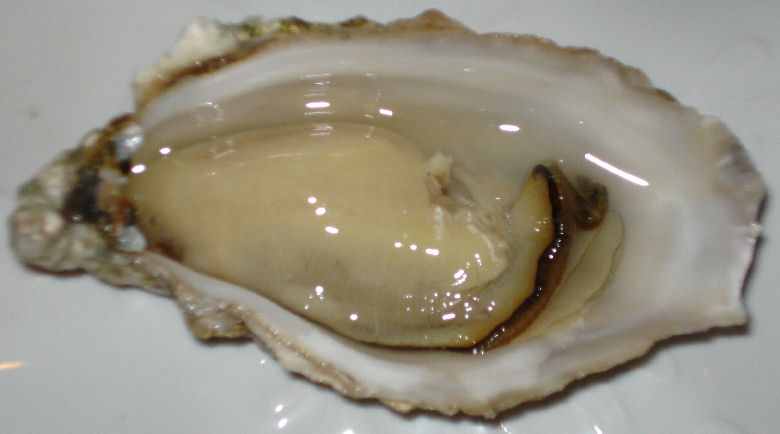160.CAN OYSTERS LIVE OUT OF WATER?
When we look at an opened oyster lying in its shell, it’s hard to believe that this is a creature capable of performing many complicated functions. Let’s examine the oyster and see how it manages to get along in life.
There are more than 100 species of living oysters, and their shape, size, and shell vary with their environment. The body of the American oyster rests on the left, cuplike side of the shell; the right, or upper side, is usually flat. The narrow part of the shell is the front end of the oyster; the broad and rounded part is the back.
The two shells, or valves, are held together by an elastic ligament. Underneath the shell is a soft membrane called the “mantle.” The oyster has two rows of tentacles growing out of the mantle, which are used for protection. These tentacles can detect any disturbance, or change in light, or any irritating substance. They send a message through the nerves of the mantle to the muscle which closes the shell.
The oyster cannot attack other animals, so it can protect itself only by closing the shell tightly and keeping it sealed. This is done by the action of a special muscle. All edible oysters can live after being taken out of the water, due to this muscle. In fact, certain oysters can remain in good condition for about four months if they are kept at a temperature a few degrees above freezing. But when warmed, shaken, or handled roughly, the muscle relaxes, the valves gap open, the water inside the shell is lost, and the oyster soon dies.
The oyster breathes by means of gills, and pumps water into to obtain the oxygen. The oyster feeds on micro-organisms that exist in the water. These are living things so tiny that they can only be seen through a microscope. Yet the oyster is sensitive enough to select the organisms for food that are the right size and shape and suitable in other ways.
The oyster has a narrow “throat” which opens into its stomach and an intestine. It has a structure where the food is ground and digested by an enzyme. It also has blood cells which surround the food and digest it. The oyster has a heart, arteries, veins, and sinuses, complete circulatory system. The heart beats from 15 to 24 beats per minute. The blood of the oyster is colorless.
This brief description gives you an idea that there’s more oyster than you suspected!



Leave a Reply